Consumables engineered for speed and reproducibility in drug discovery
Posted: 25 August 2025 | Drug Target Review | No comments yet
What if familiar lab formats could be redesigned to remove the weak points in permeability and absorbance testing? This article explores how design choices in common consumables can improve both speed and reproducibility in early-stage research.
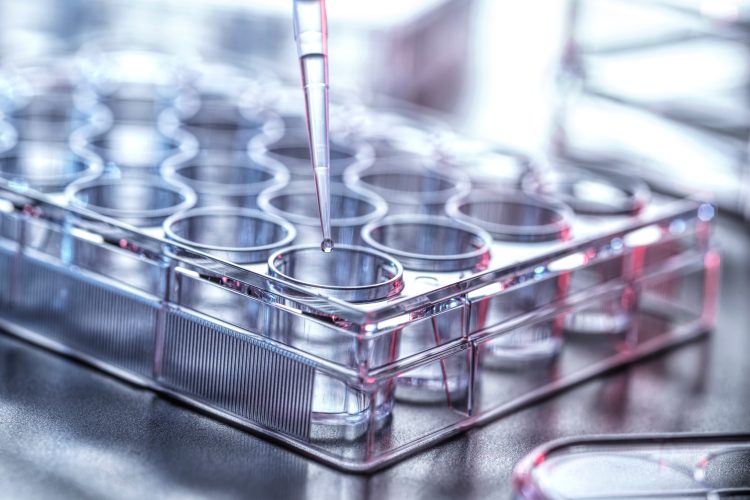

The early stages of drug discovery demand significant resources as promising ideas meet the practical challenges of screening, optimisation and validation. Inefficiencies at this stage can slow progress and raise costs, while even small workflow improvements can yield notable gains in speed, data quality and success rates.
One German startup, PHABIOC, is addressing these challenges through consumables tailored for current laboratory practices. Founded with a mission to help scientists “generate better data, faster, without compromising quality”, the company develops analytical tools that combine automation-readiness with biological relevance.
We spoke with PHABIOC Co-Founder & CEO Jannik Jungmann about how the company’s technologies aim to help researchers work faster and more reproducibly, without compromising data quality.
Biomarkers aren’t just supporting drug discovery – they’re driving it
FREE market report
From smarter trials to faster insights, this report unpacks the science, strategy and real-world impact behind the next generation of precision therapies.
What you’ll unlock:
- How biomarkers are guiding dose selection and early efficacy decisions in complex trials
- Why multi-omics, liquid biopsy and digital tools are redefining the discovery process
- What makes lab data regulatory-ready and why alignment matters from day one
Explore how biomarkers are shaping early drug development
Access the full report – it’s free!
From concept to consumable
PHABIOC currently focuses on two flagship technologies: PermeaPad, a biomimetic barrier system for passive permeability studies, and SpecPlate, a high-precision UV/Vis absorbance plate for automated, high-throughput workflows. Both are designed as practical solutions to recurring problems in the lab.
“Traditional lab tools often require manual dilution steps, lack reproducibility and are not optimised for automation,” explains Jannik. “This leads to avoidable errors, time loss and poor scalability especially in early-stage screening.”
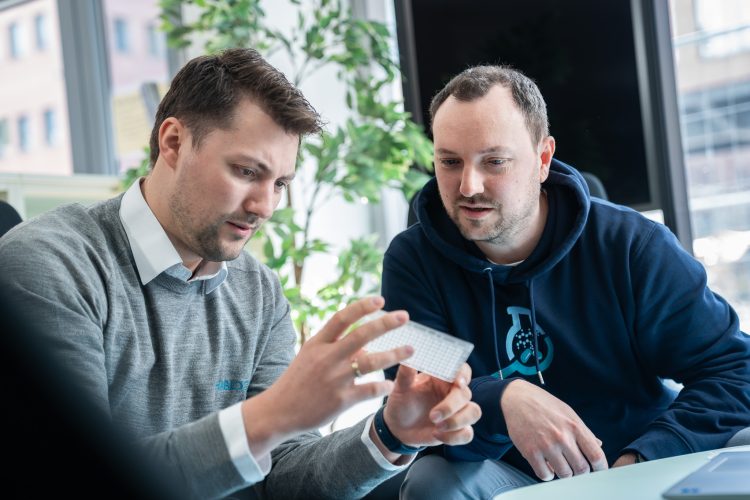

Jannik Jungmann (left) and Dr Carsten Radtke (right) in discussion over a new multiwell plate prototype. Courtesy of PHABIOC.
In preclinical research – particularly in high-throughput screening – manual steps, inconsistent handling and non-standardised equipment all contribute to variability. This variability can make it more difficult to generate reliable data and make confident decisions.
One way to address these issues is to use tools that enable direct, standardised measurements, reducing the need for repeated pipetting or adjustments. Designing them to work with common automated systems can also help align workflows with the increasing automation seen in discovery labs.
Automation as a design principle
Rather than adapting legacy tools for robotic platforms, PHABIOC designed its consumables with automation in mind from the outset.
“Both our products are designed to be automation-ready and compatible with standard lab equipment,” says Jannik. “SpecPlate features four enclosed measurement chambers with defined optical path lengths. This allows researchers to skip dilution steps and avoid meniscus-related variability: Ideal for automated, high-throughput UV/Vis measurements.”
This allows researchers to skip dilution steps and avoid meniscus-related variability: Ideal for automated, high-throughput UV/Vis measurements.
PermeaPad is available in a ready-to-use 96-well format, enabling high-throughput permeability screening without the need for live cells or complicated assay preparation. By avoiding fragile or variable biological systems at this stage, it provides a consistent and reproducible testing environment. This reliability is important in early drug discovery, where large numbers of compounds must be screened quickly and poor-quality data can lead to costly delays or the premature dismissal of promising candidates.
As compound libraries grow and screening campaigns scale, the margin for error narrows. Tools that reduce variability help ensure results remain consistent under higher throughput conditions.
Tackling reproducibility and data quality
The scientific community has been grappling with the so-called reproducibility crisis for years and, while the causes are varied, inconsistent lab workflows remain a major factor.
Feedback from clients in pharma and biotech reflects the value of addressing these pain points. “The time saved by eliminating dilution steps and reducing pipetting errors,” notes Jannik, is one of the most frequently cited benefits. Customers also highlight “the consistency of measurements, especially with the SpecPlate’s meniscus-free design” and “the ability to work with complex or high-concentration samples without compromising data quality.”
Perhaps the most telling endorsement came from a client who called SpecPlate the “missing link” in their absorbance workflows – a small but crucial piece of the puzzle that made other automated processes run more smoothly.


Image demonstrating the SpecPlate measurement structure. Courtesy of PHABIOC.
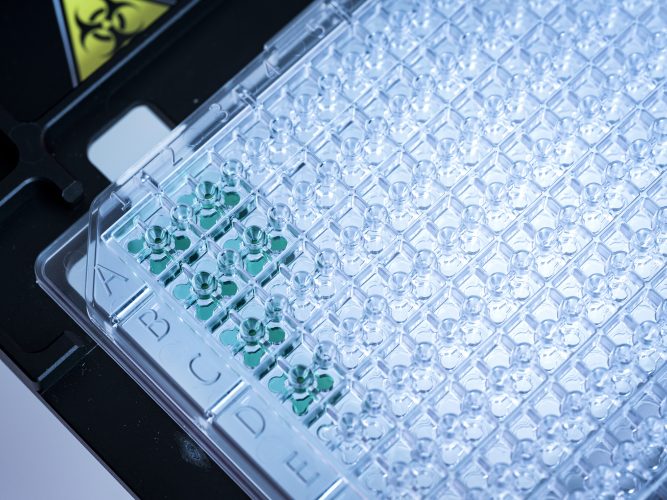

Partially filled SpecPlate showing four cuvettes, each with a different pathlength per well. Courtesy of PHABIOC.
Biomimetic systems
While SpecPlate is designed for optical measurements, PermeaPad addresses another preclinical challenge: predicting bioavailability. Conventional assays often rely on cell-based systems, which can be costly, labour-intensive and difficult to standardise. PermeaPad provides a biomimetic alternative – a synthetic barrier that replicates certain features of biological membranes without the complexity of live cultures.
“There’s a strong push toward animal-free, predictive models and we believe biomimetic systems like PermeaPad will play a central role in that transition,” Jannik says. This move toward animal-free research is shaped by both ethical considerations and the aim of generating more predictive, human-relevant data earlier in the development process.
This approach reflects a broader industry trend: creating standardised biological systems that maintain physiological relevance while offering the consistency and scalability of engineered products.
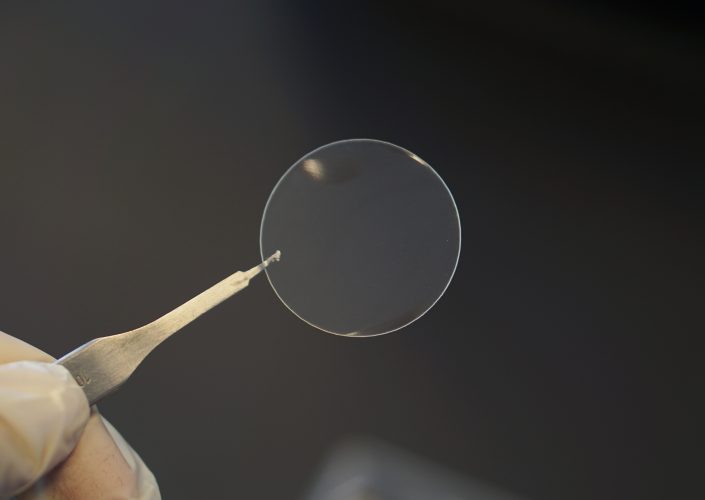

Image of the PermeaPad GIT Barrier. Courtesy of PHABIOC.
Expanding capabilities
PHABIOC sees the intersection of automation, standardisation and biology as fertile ground for innovation in early drug discovery.
“Labs need tools that allow them to run faster without sacrificing depth of data,” says Jannik. “That means building smarter, more reproducible assays that can keep pace with the growing complexity of screening.”
That complexity stems from multiple fronts: larger and more diverse compound libraries, new modalities such as RNA therapeutics and multi-parametric assays that require integrated data streams. Without equally reliable tools, these advances can become bottlenecks rather than accelerators.
Development work is already under way on new consumables for other preclinical applications. These include a skin barrier model for transdermal absorption testing, which could help predict dermal penetration without excised tissue or animal models, and an advanced version of PermeaPad with a mucosal layer to increase physiological relevance for certain drug delivery routes.
Enhancements to SpecPlate are also planned, particularly for multi-modal readouts, enabling it to operate in workflows combining optical, fluorescence or other detection methods.
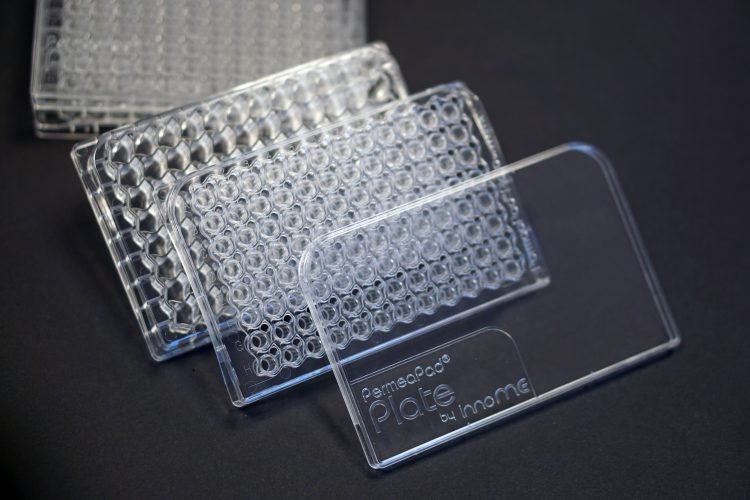

Image of the PermeaPad GIT Plate. Courtesy of PHABIOC.
The bigger picture
In drug development, preclinical work is often described as front-loading the risk. Predictive, reproducible and comprehensive early data allow projects to advance with greater confidence and reduce the likelihood of costly setbacks later.
Although smaller in scale than full screening platforms or large-scale automation systems, tools such as PermeaPad and SpecPlate can play an important role at this stage. By improving the reliability and throughput of basic assays, they help establish a more robust foundation for subsequent, more complex discovery work.
The benefit is not only faster screening but also higher-quality data, supporting better-informed go/no-go decisions earlier in the process and potentially lowering attrition rates downstream.
While attention in the field often centres on major innovations – such as AI-designed molecules, novel modalities or advanced screening platforms – incremental changes to core laboratory tools can also have a significant cumulative effect on efficiency. As Jannik concludes: “We build tools that fit into the realities of modern labs and support both data quality and efficiency.”
Related topics
Analysis, Analytical Techniques, Assays, Cell-based assays, Drug Delivery, Drug Development, High-Throughput Screening (HTS), Lab Automation, Microplate Readers, Research & Development, Screening, Technology
Related organisations
PHABIOC
Related people
Jannik Jungmann (Co-Founder & CEO of PHABIOC)








